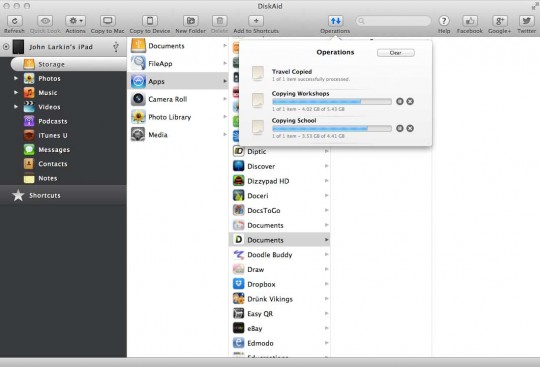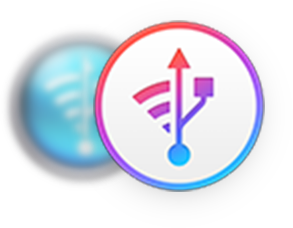

Timing O_DIRECT disk reads (offset 10 GB): 244 MB in 3.01 seconds = 81.15 MB/secįind Hard Disk Data Transfer Speed In LinuxĬompare the hdd transfer rate with and without offset values. On a 20GB disk, the above command would deliver data from the middle of the disk. As per the above command, the first 10 GB will be skipped while reading data from the disk. Here, 10 stands for number of Gigabytes to skip. $ sudo hdparm -t -direct -offset 10 /dev/sda If you want hdparm to read data from other area of the storage device, you can use the "offset" parameter like below. Hdparm will always read the data from the beginning of the storage devices. As you noticed in the above output, the transfer rate has decreased without the buffer. Now, the hdparm program will not use buffer and will read the data directly from the hdd. Timing O_DIRECT disk reads: 242 MB in 3.02 seconds = 80.21 MB/sec If you want to measure more accurate data transfer rate, use: $ sudo hdparm -t -direct /dev/sda Run hdparm command at least two or three times and calculate the average data transfer speed of your drive from the results.Īs you can see in the above output, the Linux kernel puts the data retrieved from HDD into a buffer when transferring data. Make sure no other programs are running in the background. Check hard disk drive speed with hdparm command in LinuxĪs you can see, the data transfer rate is 81.97 MB per second.
DISK AID FILE TRANSFER HOW TO
See this page for more details on how to use "File Sharing" in iTunes. If you are transferring protected files to your computer, make sure your device stays unlocked (with the screen on) during the transfer. Alternatively you can drag and drop files on and from the "Documents" list.You can now use the "Add" and "Save to" buttons to transfer files over USB.Select "USB Disk" in the "Apps" list located in the "File Sharing" section.If you do not see it (you are using an older version of iTunes), select the "Apps" tab and scroll to the bottom of the page (there are two lists of app on that page, make sure to scroll to the second one).

DISK AID FILE TRANSFER WINDOWS
If you're using macOS Mojave or earlier or a Windows PC: Drag and drop files on and from the list under "USB Disk".Select your device in the left part of the Finder window.Connect your iPhone / iPad / iPod to your computer using a USB cable.

DISK AID FILE TRANSFER PRO
If you are using USB Disk Pro you can also transfer files wirelessly (see other FAQ questions).

USB file transfers with the Finder (on a Mac) or iTunes (on Windows) is the fastest way to transfer files. How can I transfer files to / from USB Disk?


 0 kommentar(er)
0 kommentar(er)
